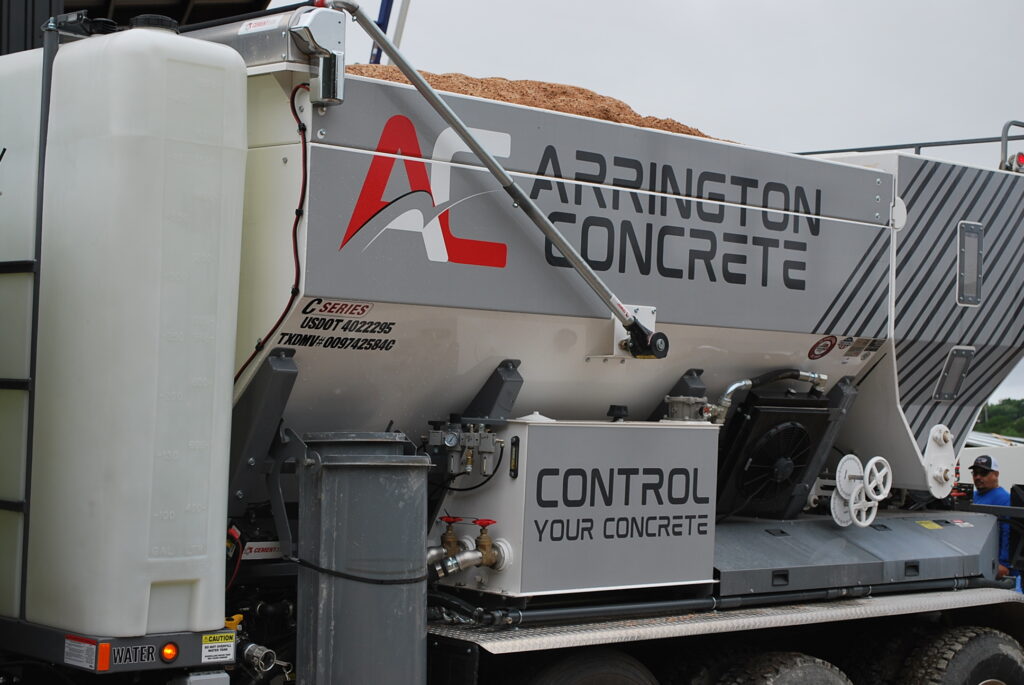The Life Cycle Of Concrete
The Concrete Life Cycle: Form Mixture to Sustainable Infrastructure
Concrete, the backbone of modern construction, has played a pivotal role in shaping our built environment. From towering skyscrapers to intricate bridges, this versatile material forms the foundation upon which our modern world stands. But have you ever stopped to consider the journey of concrete from its initial formulation to its eventual sustainable utilization in infrastructure? In this article, we’ll delve into the fascinating life cycle of concrete, unraveling its various stages and the critical factors that contribute to its longevity and eco-friendliness.
1. Raw Material Extraction:
The concrete life cycle begins with the extraction of raw materials – primarily limestone, clay, and sand – from quarries. These materials are carefully selected and combined in precise proportions to create the cementitious paste that binds the aggregates together. While this stage provides the building blocks for concrete, it’s essential to source these materials responsibly, considering environmental impact and sustainability.
2. Cement Production:
Cement, a critical component of concrete, is manufactured through a process that involves grinding, blending, and heating the raw materials at high temperatures. This process releases carbon dioxide, a significant contributor to greenhouse gas emissions. As sustainable practices gain traction in the construction industry, efforts are being made to reduce the carbon footprint of cement production through technological advancements and the utilization of alternative, low-carbon cements.
3. Mixing and Transportation:
Once the cement is produced, it’s combined with aggregates (such as crushed stone, sand, and gravel) and water to create the concrete mixture. This mixture is then transported to construction sites, where it needs to be handled efficiently to prevent premature setting. Proper transportation and handling contribute to the quality and durability of the end product.
4. Placement and Compaction:
During this stage, concrete is poured into formwork that shapes it into the desired structure – be it a foundation, a column, or a slab. Proper placement and compaction are crucial to eliminating voids and ensuring uniform strength distribution. Modern techniques, such as self-compacting concrete and advanced formwork systems, have significantly enhanced this stage’s efficiency and quality.
5. Curing and Strength Development:
Curing, often overlooked but immensely important, involves maintaining the proper moisture and temperature conditions to allow the concrete to achieve its intended strength. Adequate curing enhances the material’s durability and resistance to cracking, ultimately extending its service life. New curing methods, such as internal curing and innovative curing compounds, are pushing the boundaries of concrete performance.
6. Service and Maintenance:
Once the concrete structure is in service, it requires regular maintenance to prolong its life cycle. Factors like environmental exposure, traffic load, and chemical attacks can all impact concrete’s integrity over time. Proper inspection, repair, and preventive measures play a vital role in extending the lifespan of the structure.
7. End-of-Life Considerations:
Concrete’s life cycle doesn’t end with its structural usefulness. Sustainable practices involve considering its end-of-life options. Concrete can be recycled and repurposed as aggregate for new concrete or other construction materials. This not only reduces the demand for virgin resources but also lessens the environmental impact of disposal.
In conclusion, the life cycle of concrete is an intricate journey that encompasses various stages, from raw material extraction to sustainable end-of-life solutions. As the construction industry increasingly embraces sustainable practices, innovations in material composition, production techniques, and recycling methods are reshaping the way we perceive and utilize concrete. By understanding and optimizing each stage of this life cycle, we pave the way for a more resilient, eco-conscious, and enduring built environment.


